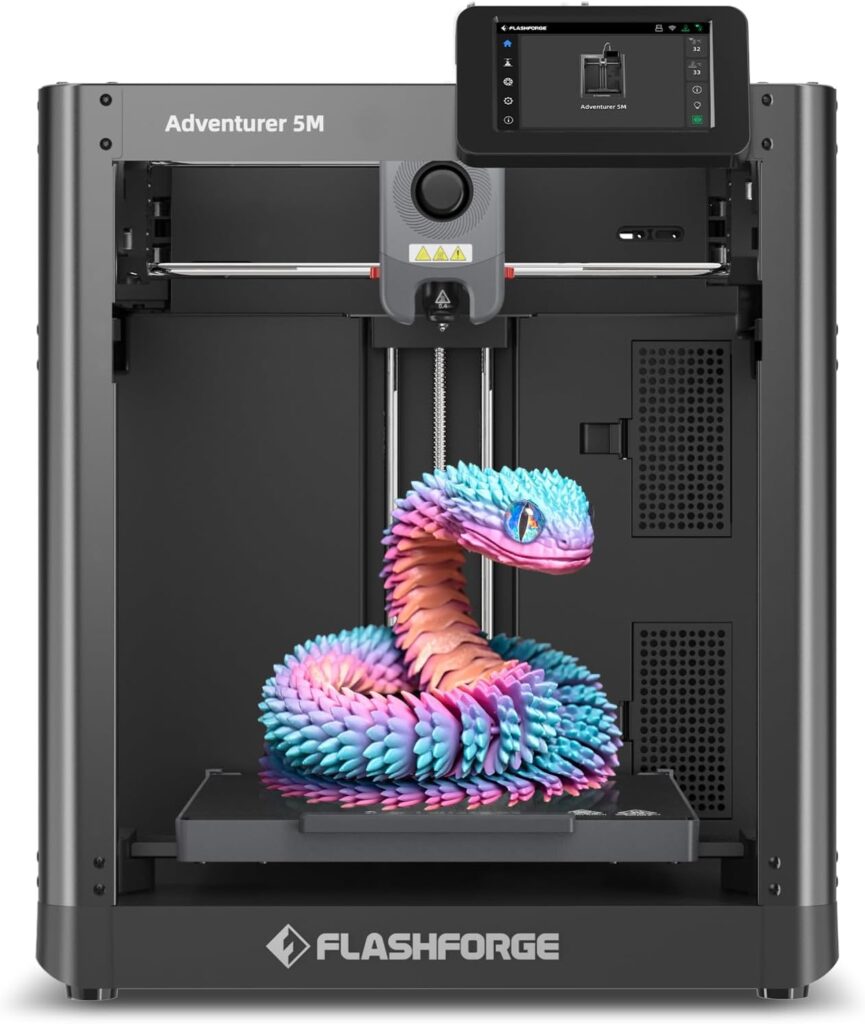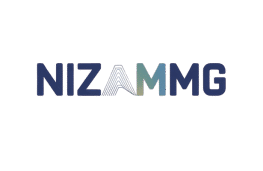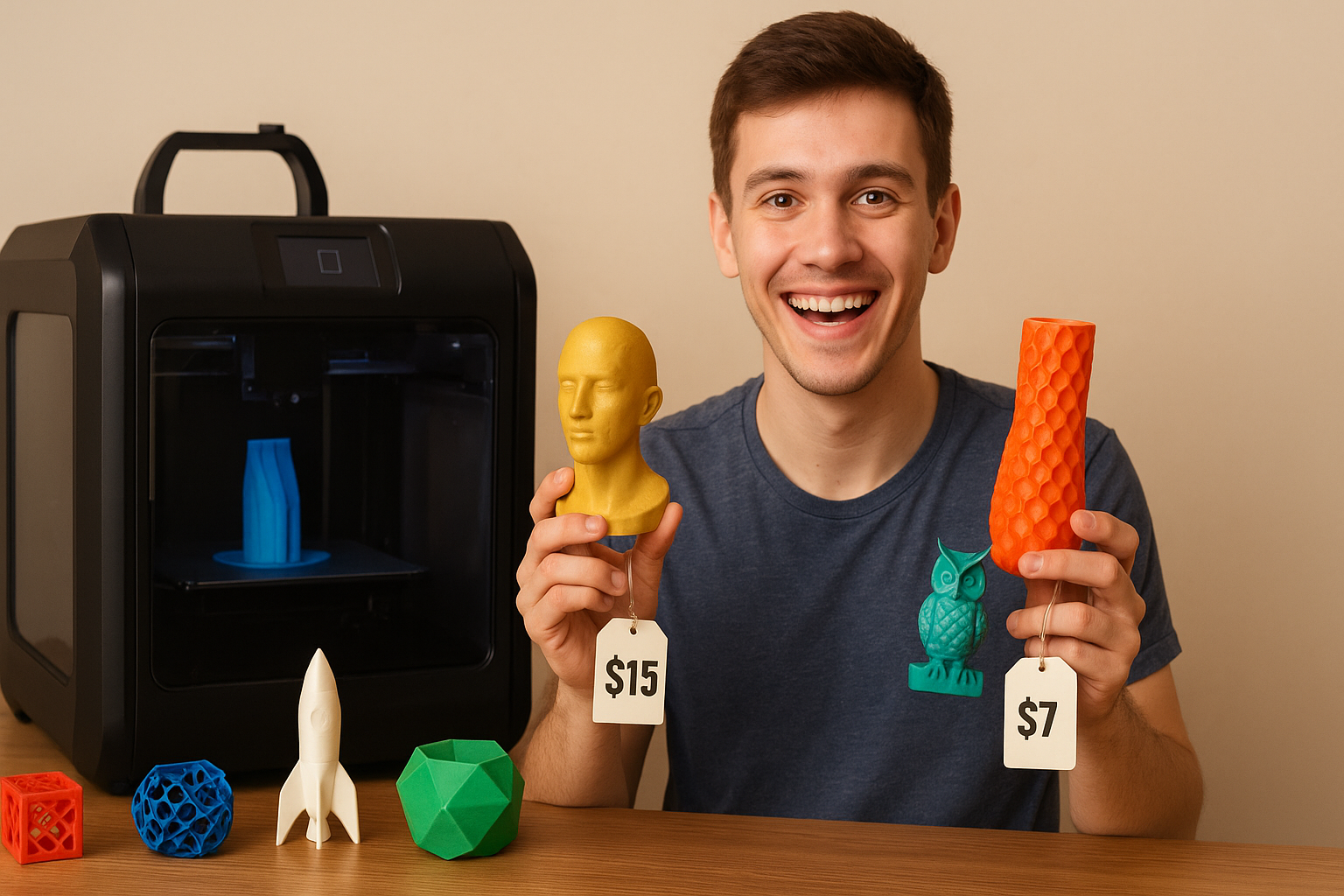3D printing has quickly moved beyond being just a hobby—it’s now a genuine business opportunity. Whether you’re a tech enthusiast tinkering in your garage or a small business owner looking for new income streams, a 3D printer can become your ticket to steady profits.
In this guide, we’ll explore how to start a 3D printing business, the tools you’ll need, profitable niches, and strategies to actually turn your creativity into cash.
- Getting Started with 3D Printing for Profit
1.1 Choosing the Right 3D Printer for Your Budget Goals
Not all 3D printers are created equal.
- Entry-level printers ($200–$500) are great for hobbyists who want to test the waters.
- Professional-grade printers ($2,000+) are faster, more precise, and can handle advanced materials, making them better for scaling a business.
👉 The key is to balance cost with quality. Don’t overspend in the beginning—start small, reinvest profits, and upgrade as your demand grows.
🔥 Recommended 3D Printer for Beginners and Professionals
If you’re looking for a powerful yet user-friendly printer to kickstart your 3D printing business, the FLASHFORGE Adventurer 5M 3D Printer is a solid choice. It combines speed, precision, and convenience, making it ideal for entrepreneurs who want professional results without unnecessary complexity.

FLASHFORGE Adventurer 5M 3D Printer – Key Features
- One-Click Automatic Printing: Enjoy stress-free printing with fully automatic bed leveling for flawless first layers—no manual adjustments required.
- 12X Ultra-Fast Printing: With a CoreXY structure, 600mm/s travel speed, and 20000mm/s² acceleration, it delivers rapid prototyping and high-volume production.
- Smart & Efficient Design: Change nozzles in just 3 seconds, warm up to 200°C in 35 seconds, and use a high-flow 32mm³/s nozzle for stable high-speed printing. The dual-sided PEI platform makes removing prints easy.
- Superior Print Quality & Remote Monitoring: Dual-fan nozzles, vibration compensation, and nozzle options from 0.25–0.8mm ensure top-tier results. With the Flash Maker app, you can monitor and manage prints from your phone.
Easy Maintenance: Regular nozzle and platform cleaning keeps performance smooth. Plus, the built-in FAQ section helps you troubleshoot issues quickly.
📦 Print Size: 220 x 220 x 220 mm 🔥 Max Extruder Temperature: 280°C
👉 This printer is perfect for custom products, prototyping, and small-scale production, making it one of the best options if you’re serious about turning 3D printing into a profitable business.
1.2 Essential Software and Design Tools You Need to Know
Design is the backbone of your 3D printing business.
- Beginners can try free CAD software like TinkerCAD or FreeCAD.
- Professionals often invest in Fusion 360 or SolidWorks for advanced features.
- Not a designer? No worries—you can find ready-made models on marketplaces like Thingiverse or Cults3D.
1.3 Understanding Materials and Their Market Applications
Choosing the right material affects both cost and customer satisfaction.
- PLA is cheap and eco-friendly—perfect for decorative items.
- ABS is tougher, ideal for functional products and replacement parts.
- Resin offers high detail, great for jewelry, miniatures, and prototypes.
2. Custom Product Manufacturing Services
(… continues with the rest of your original sections: personalized items, prototyping services, replacement parts, marketplaces, training opportunities, specialized markets, etc.)
Summary
Turning your 3D printer into a profitable business isn’t about luck—it’s about identifying real customer needs and delivering consistent value. Start with one niche (custom gifts, replacement parts, or prototypes), build your reputation, and then expand.
The magic formula? Solve problems + deliver quality + market smartly = sustainable income.
Frequently Asked Questions
Q: How much money can I realistically make with a 3D printer? A: Hobbyists can earn $200–$500/month. Full-time businesses often make $2,000–$10,000+ per month depending on demand, marketing, and efficiency.
Q: What’s the minimum investment to start? A: A small setup costs around $500–$2,000. Professional setups can go up to $15,000+.
Q: How long until I see profits? A: Most sellers start seeing profits within 3–6 months.
Q: Do I need licenses to sell 3D printed items? A: Usually, a basic business license is enough. But products like toys or medical devices may require additional certifications.
Q: What mistakes should I avoid? A: The most common mistakes are underpricing, ignoring quality control, and jumping into oversaturated niches without research.
✅ If you’re passionate about technology and creativity, 3D printing can be more than a hobby—it can be your next income stream.

